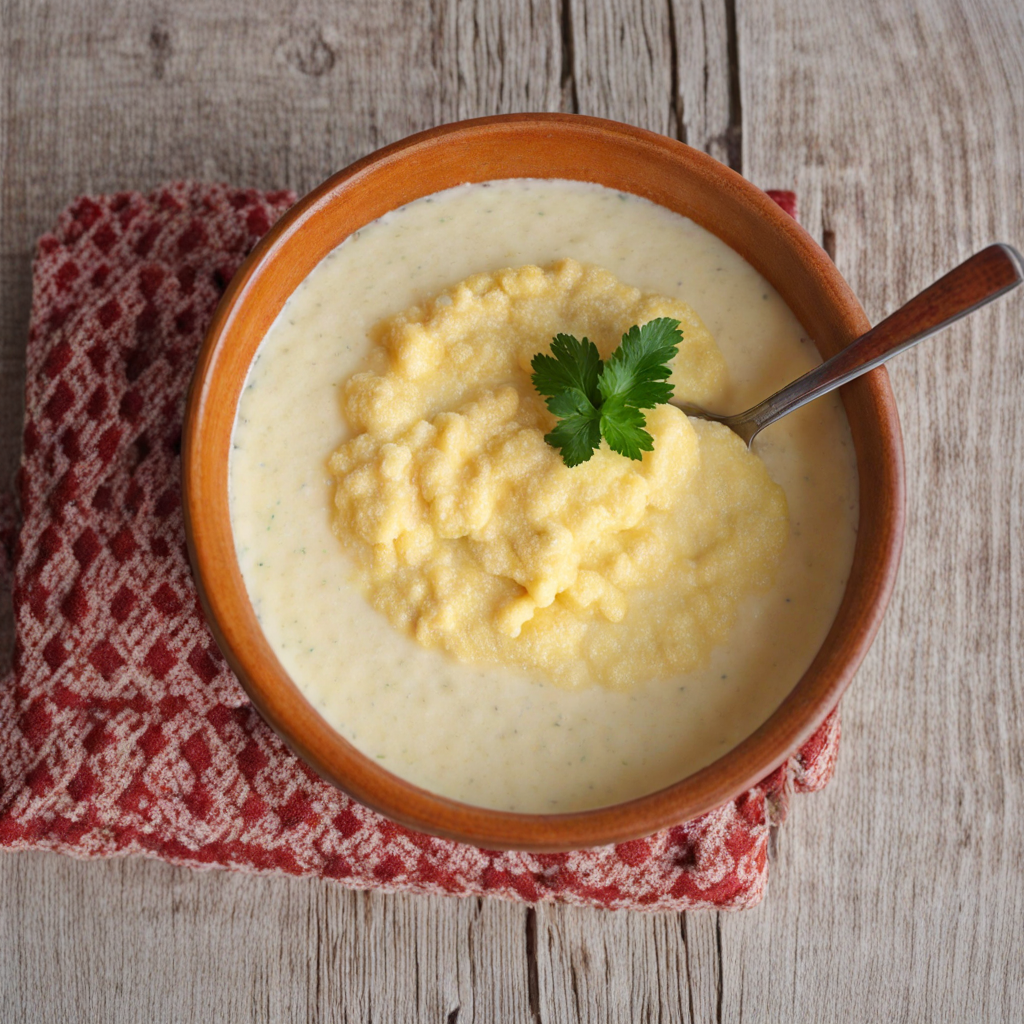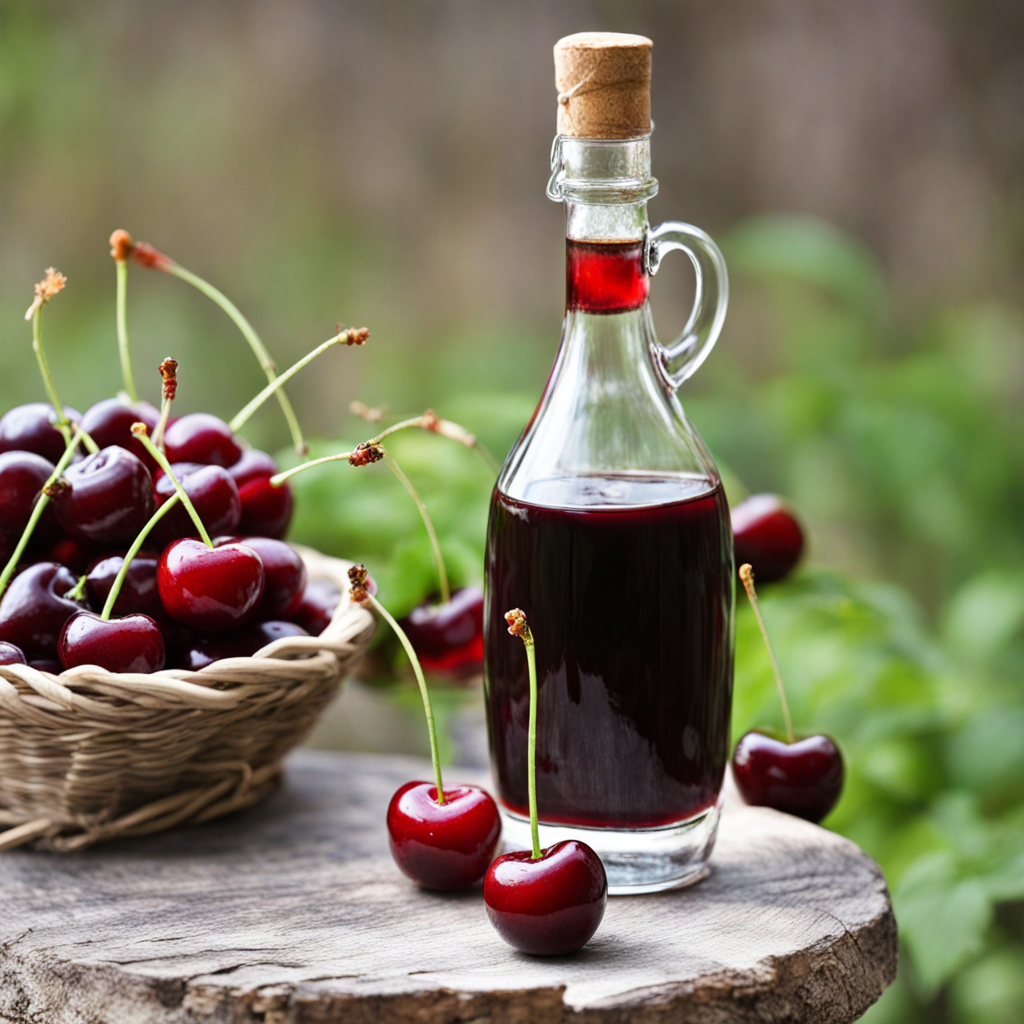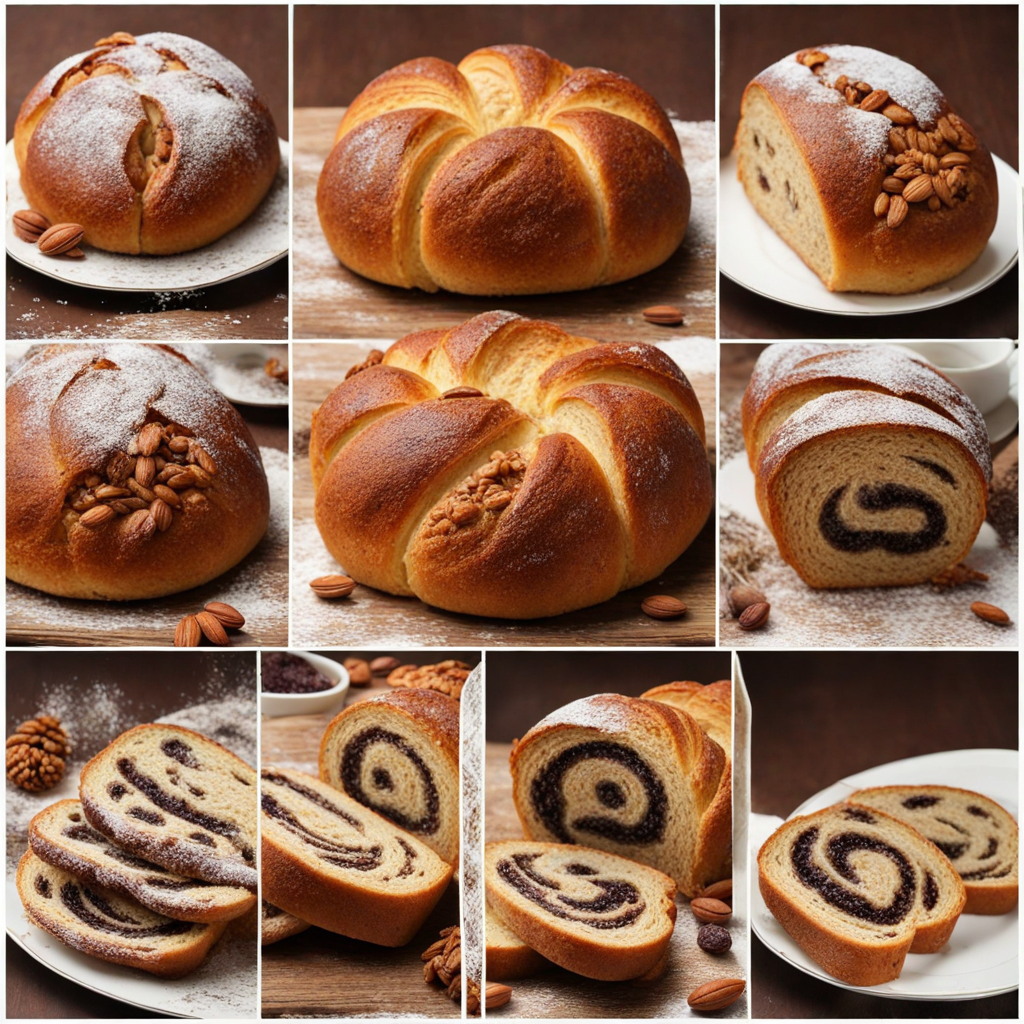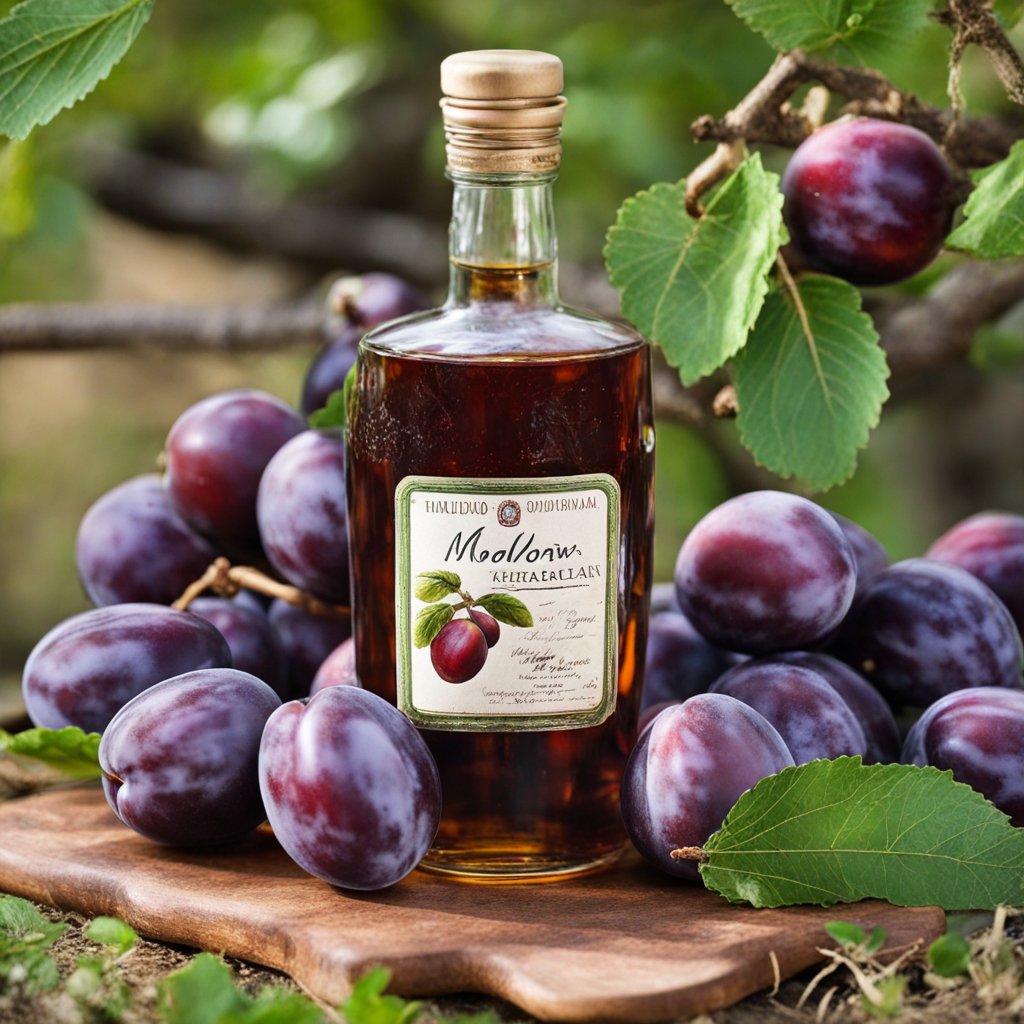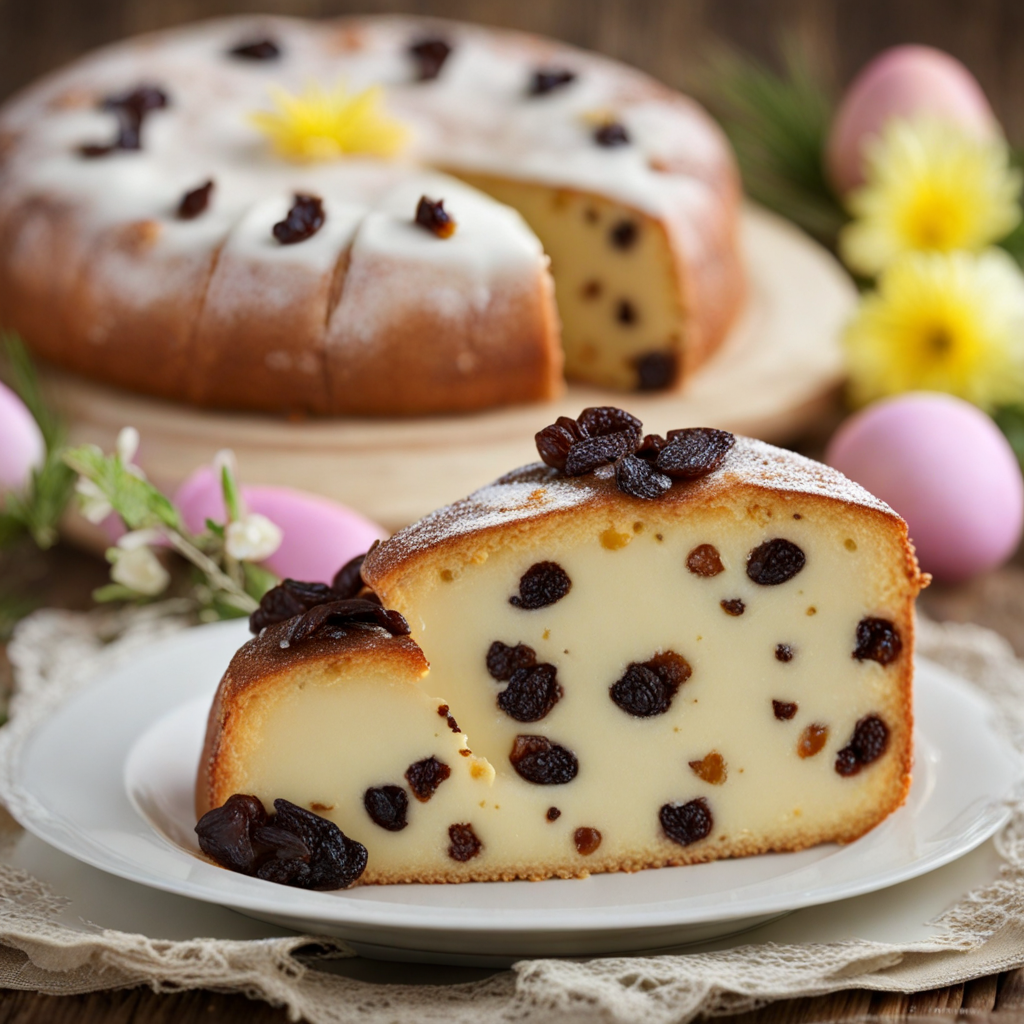Mămăligă
Mămăligă is a traditional Moldovan dish that captures the essence of rustic comfort food. Made primarily from cornmeal, it is similar to Italian polenta but has its unique character shaped by local ingredients and cooking methods. The cornmeal is boiled in water or milk until it reaches a thick, creamy consistency. Its golden hue and smooth texture make it a delightful base for various toppings, often served with rich sauces or hearty stews, providing a perfect contrast of flavors and textures on the palate. In Moldovan culture, mămăligă is not just a dish but a symbol of hospitality and tradition. It is often enjoyed alongside a variety of accompaniments such as sour cream, cheese, or sautéed mushrooms. Some might even pair it with meats like smoked sausage or stewed vegetables, creating a satisfying meal that showcases the region's agricultural bounty. The versatility of mămăligă allows it to be a staple at family gatherings, celebrations, and everyday meals, making it a beloved dish in many households. The preparation of mămăligă can also vary slightly depending on personal or regional preferences. Some people like it to be firm, allowing it to be sliced and served in wedges, while others prefer a softer, creamier version. Regardless of how it’s made, mămăligă offers a warm, comforting experience that invites you to savor the flavors of Moldova. It embodies a culinary heritage that is deeply rooted in the land, making every bite a journey into the heart of Moldovan culture.
How It Became This Dish
Mamalyga: A Culinary Journey Through Moldovan History Mamalyga, a staple food in Moldova, is much more than just a dish; it is a symbol of resilience, cultural identity, and agricultural heritage. This cornmeal porridge, similar to polenta in Italy, has a rich history that dates back centuries and reflects the region’s agricultural practices, socio-economic changes, and cultural exchanges. Origins The roots of mamalyga can be traced back to the indigenous agricultural practices of the peoples who inhabited the territory of modern-day Moldova. Corn, originally from the Americas, was introduced to Europe in the 16th century, and its cultivation gradually spread across the continent. In Moldova, corn quickly became a staple crop due to the fertile soil and favorable climate. By the 19th century, it was firmly integrated into the local diet, particularly among the peasant population. The name "mamalyga" itself is believed to have Slavic origins, with the word "mamaliga" possibly derived from the Slavic word "mamaliga," which means porridge or soft food. This etymological link reflects the cultural exchanges that have shaped Moldova throughout history, particularly influences from neighboring Slavic peoples. Cultural Significance In Moldovan culture, mamalyga transcends mere sustenance; it embodies the spirit of community and tradition. Traditionally served as a side dish or a base for various toppings, it is often accompanied by cheese, sour cream, or stews made from meat and vegetables. During festive occasions, mamalyga takes center stage, often served at weddings, christenings, and family gatherings. It is a dish that brings people together, fostering communal bonds and reinforcing cultural identity. The preparation of mamalyga is an art form in itself, passed down through generations. It is typically made by boiling coarsely ground cornmeal in salted water, stirring continuously to avoid lumps until it achieves a thick, creamy consistency. The final product is often molded into a round shape and served hot, sometimes garnished with melted butter or cheese. The process of making mamalyga is imbued with ritualistic significance, often involving the entire family, which reinforces the values of cooperation and shared heritage. Development Over Time As Moldova experienced political and social changes, the role of mamalyga in daily life also evolved. During the Russian Empire's expansion in the 19th century, Moldova underwent significant agricultural transformations. The introduction of new farming techniques and crops affected local diets, yet mamalyga remained a constant, adapting to the changing landscape. The interwar period brought about further changes as Moldova became part of Greater Romania, leading to a fusion of culinary traditions. Romanian influences introduced variations of mamalyga, such as polenta, which further enriched the dish’s historical narrative. The blending of flavors and techniques illustrates the fluidity of culinary practices and how food can serve as a bridge between cultures. The Soviet era, particularly after World War II, marked a significant chapter in the history of mamalyga. As Moldova was incorporated into the Soviet Union, state-controlled agriculture and industrialization impacted local food production. Despite these changes, mamalyga remained a beloved dish, often associated with rural life and traditional Moldovan values. It became a symbol of the peasantry's connection to the land and their enduring customs amidst the rapid modernization of society. With the independence of Moldova in 1991, there was a resurgence of interest in traditional dishes, including mamalyga. As the country sought to define its national identity, food became a crucial aspect of cultural expression. Mamalyga was celebrated as a national dish, representing the resilience of the Moldovan people and their agricultural roots. This newfound appreciation led to the revival of traditional recipes and cooking methods, ensuring that mamalyga remained a central part of Moldovan cuisine. Modern-Day Mamalyga Today, mamalyga continues to evolve while remaining deeply rooted in tradition. It is commonly found in homes and restaurants across Moldova, often featured on menus as a nostalgic reminder of the past. Chefs have begun experimenting with mamalyga, incorporating modern culinary techniques and flavor profiles. For instance, one might find gourmet variations topped with truffles, served alongside exotic sauces, or paired with international cuisines, showcasing the adaptability of this humble dish. Additionally, mamalyga has made its way into the international culinary scene, particularly as interest in Eastern European cuisine grows. Food festivals, cultural events, and online platforms have introduced mamalyga to a wider audience, allowing it to transcend borders and engage with new palates. This global interest has also sparked conversations about the importance of preserving culinary heritage and the stories behind traditional foods. Conclusion Mamalyga is more than just a dish; it is a testament to the history, culture, and resilience of the Moldovan people. From its humble beginnings as a staple food for the peasantry to its status as a cherished national dish, mamalyga embodies the evolution of Moldovan cuisine through the ages. It serves as a reminder of the agricultural roots that shaped the region, the cultural exchanges that enriched its culinary landscape, and the communal bonds forged through shared meals. As Moldova continues to navigate the complexities of modernity while cherishing its traditions, mamalyga stands as a delicious symbol of identity, community, and the enduring power of food to connect people across generations. Whether enjoyed in a rustic home or a modern restaurant, mamalyga carries with it the stories of the past, nourishing both body and soul.
You may like
Discover local flavors from Moldova



